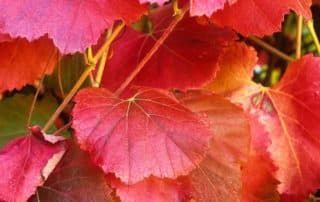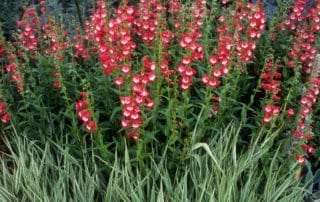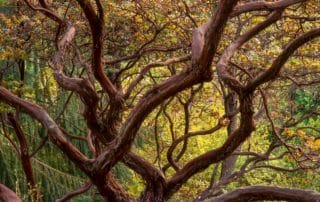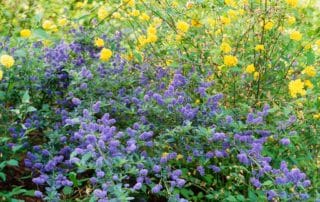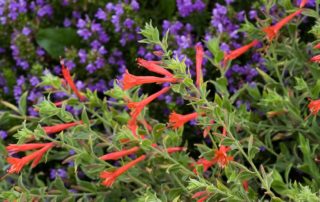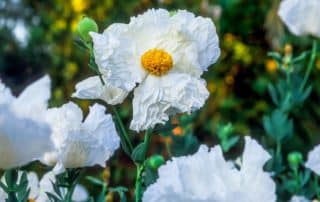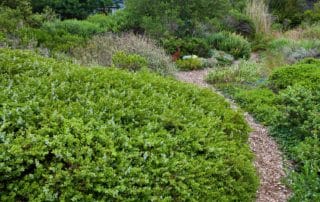California wild grape
Vitis californica 'Roger's Red' in fall color California grape (Vitis californica) is a large, fast-growing, deciduous vine that provides quick summertime privacy and shade as well as brilliant yellow, orange, or red fall color. In summer or fall, the lush foliage is thrilling when backlit by afternoon sun. Native to riparian areas of California and Oregon, this headstrong vine grows thirty feet tall and wide with its preferred regimen of shaded roots, tops in full sun, and moderate summer water. Vines climb by tightly twining tendrils that stand firm against the most determined pulling and will advance high


